Resting, eating soft foods and using a saltwater rinse are key in your recovery
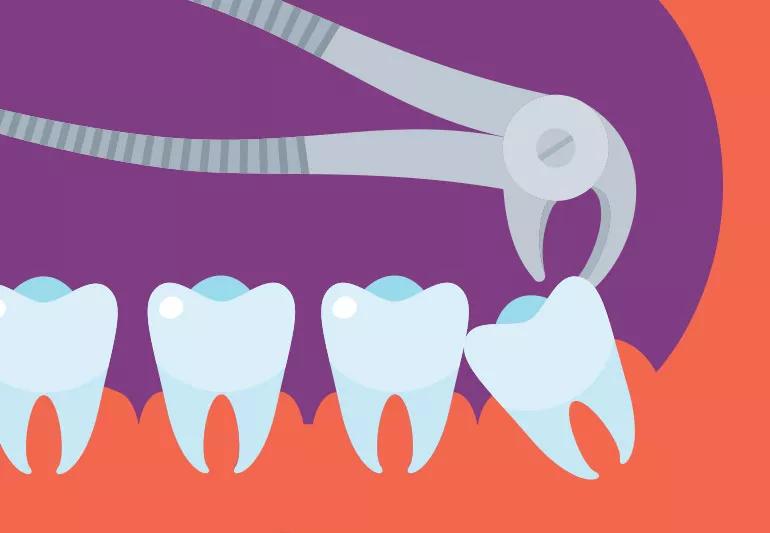
It may not be as fun as getting money from the tooth fairy, but having your wisdom teeth removed doesn’t have to be as scary as it sounds.
Advertisement
Cleveland Clinic is a non-profit academic medical center. Advertising on our site helps support our mission. We do not endorse non-Cleveland Clinic products or services. Policy
Wisdom teeth, also known as your third molars, are four teeth located at the very back of your mouth. As we age, these teeth erupt, or cut through your gums, typically between the ages of 17 and 21.
But sometimes, your wisdom teeth can grow in at an angle that’s painful, or stay trapped under your gum tissue or jawbone, which is known as having impacted wisdom teeth.
Your dentist may recommend having your wisdom teeth removed, a common dental surgery. An oral surgeon will cut into your gums or bone to access and remove your wisdom teeth.
Afterward, it’s important to care for your incisions so they can heal properly. Your recovery can take a few weeks.
Oral surgeons Sagar Khanna, DDS, and Craig Mangie, DDS, explain what your recovery timeline may look like and offer tips for a speedy recovery.
Your road to recovery may look different from others. Recovery can take from one to two days to a few weeks. And it may take longer to heal if your wisdom teeth are impacted.
How quickly you heal depends on other factors like age, too.
“Younger people heal more quickly than older people do,” says Dr. Mangie.
If you’re younger, your wisdom teeth are more likely to come out easier. Your wisdom teeth may not be completely formed and your bone is softer.
Advertisement
“The older you get, the bigger in size your wisdom teeth are,” says Dr. Khanna. “Your bone is denser. The surgery takes longer and the recovery is significantly longer as well.”
On the day of the surgery, which should take about 45 minutes, you’ll likely receive local or general anesthesia.
You may wake up with gauze in your mouth to help soak up any blood. Within the first 24 hours, blood clots will start forming in your tooth’s socket. Those blood clots help prevent bleeding, allow new tissue to grow and protect the area from infection.
Most people don’t experience pain, but you’ll notice some soreness and swelling. If your oral surgeon put in stitches, those typically dissolve on their own in seven to 10 days.
It can take a few days for the swelling to go away and for your soreness to disappear. Overall, it could take a few weeks for your mouth to completely heal.
You’ll typically have a follow-up appointment in seven to 10 days, too.
Once you’ve had your wisdom teeth removed, it’s important to follow any post-surgery instructions you receive from your oral surgeon.
Here are some tips on how to stay on track with your recovery.
If you’ve had anesthesia, you’ll want to avoid drinking alcohol, operating any machinery or driving for 24 hours. And if you’re experiencing swelling and soreness, it may be best to rest for the first day.
For the first five to seven days, it’s recommended that you eat soft foods like pasta, eggs, pudding and yogurt. Avoid foods with seeds or fine grains that can get stuck in the extraction socket.
“Every time you eat or drink anything, you should rinse your mouth with warm salt water to flush out any food debris,” explains Dr. Khanna. “Having food debris in the socket can cause prolonged pain or even worsening pain.”
To help with swelling and any discomfort, first turn to a cold compress like an ice pack.
“You can do 20 minutes on, 20 minutes off for the first 24 hours,” says Dr. Khanna. “Then afterward, you can start doing the same thing with a warm compress. Doing so helps bring more blood to the area to clean out any inflammatory material.”
It’s typical for your swelling to be at its worst on the third day, notes Dr. Khanna, so using a hot compress can help. Also, try keeping your head elevated above your heart, which helps in decreasing the swelling.
In most cases, you can use nonsteroidal anti-inflammatory drugs (NSAIDs) like ibuprofen to help manage pain.
“It all depends on how long the procedure was and how difficult the procedure was,” says Dr. Khanna.
If you’re experiencing significant pain, your oral surgeon may prescribe opioids for acute pain control.
Advertisement
“We recommend that you use ibuprofen as your main source of pain control and use the opioid for any breakthrough pain,” says Dr. Mangie.
You might want to skip brushing your teeth after having your wisdom teeth out, but keep up the routine, says Dr. Khanna.
“Just avoid the area where the surgery was done,” says Dr. Khanna. “Use your routine mouthwash and your saltwater rinse to keep the area clean. Once the swelling starts to decrease and the pain gets better, you can start slowly brushing in the back of your mouth.”
While you let your mouth and any incisions heal, you’ll want to refrain from certain activities.
In rare cases, you can develop dry socket, when the blood clots forming over your incisions have been disrupted exposing your bone. In other rare cases, you can develop an infection.
It’s important that if you’re experiencing pain that doesn’t get better after a few days or have a fever, you follow up with your oral surgeon. They can evaluate you for next steps. And in some cases, they can prescribe an antibiotic or place medicated dressings into the infected area.
Advertisement
But overall, there’s no risk to having your wisdom teeth removed.
“Having your wisdom teeth removed is a common procedure,” says Dr. Mangie. “In most cases, you will recover in a week or two.”
Advertisement
Learn more about our editorial process.
Advertisement

You should take it easy, focus on managing your pain and take care of your incision

Soft foods like mashed potatoes, applesauce and, yes, ice cream won’t disturb your incision

Benefits typically include bi-annual screenings and lower payments on procedures like fillings and crowns
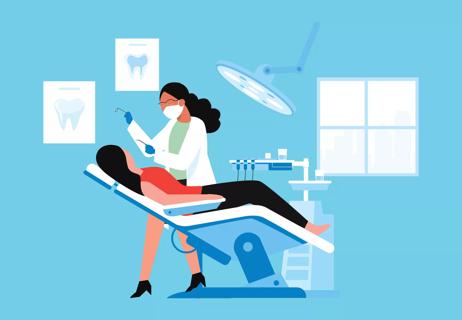
While relatively similar, the right one for you depends on your preferences and situation
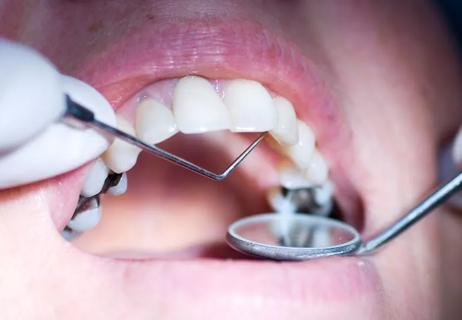
Silver fillings are perfectly safe
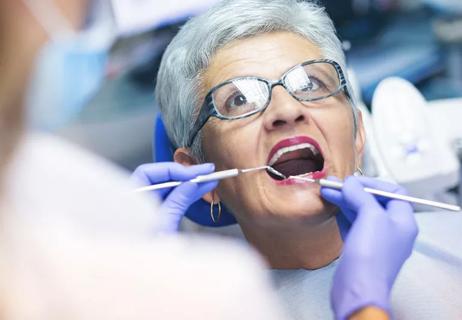
The short answer from a cardiologist
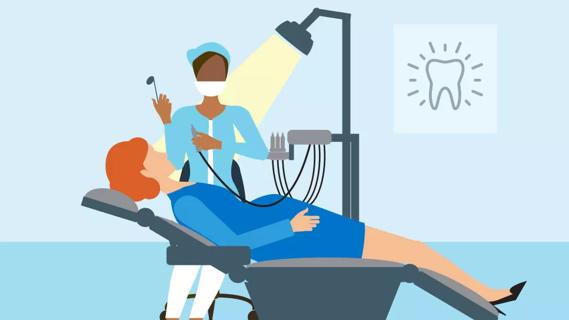
Dental care is not only safe during pregnancy, but it’s also highly recommended

The best parenting style balances enforcing rules and showing plenty of love

Tips include cutting back on sugar, focusing on exercise and managing stress

It can be harder to let go when you’ve invested time, energy and emotions — but it might be the healthier choice long term